Moxa UC-7420-LX is a RISC-based embedded computer with 8 serial ports, dual LANs, USB, PCMCIA, and CompactFlash. It is powered by an Intel XScale IXP-422 processor running at 266 MHz and has 128 MB of RAM and 32 MB of flash memory. The device has a rugged design and is suitable for use in industrial environments.
The Moxa UC-7420-LX can be used for a variety of applications, including:
- Protocol conversion: The device can convert between different serial protocols, such as RS-232, RS-422, and RS-485.
- Data buffering: The device can store data in its internal memory and then transmit it to another device at a later time.
Moxa UC-7420-LX is a RISC-based embedded computer with 8 serial ports, dual LANs, USB, PCMCIA, and CompactFlash. It is powered by an Intel XScale IXP-422 processor running at 266 MHz and has 128 MB of RAM and 32 MB of flash memory. The device has a rugged design and is suitable for use in industrial environments.
The Moxa UC-7420-LX can be used for a variety of applications, including:
- Protocol conversion: The device can convert between different serial protocols, such as RS-232, RS-422, and RS-485.
- Data buffering: The device can store data in its internal memory and then transmit it to another device at a later time.



-
 1
1
-
 2
2
-
 3
3
Moxa UC-7420-LX is a RISC-based embedded computer with 8 serial ports, dual LANs, USB, PCMCIA, and CompactFlash. It is powered by an Intel XScale IXP-422 processor running at 266 MHz and has 128 MB of RAM and 32 MB of flash memory. The device has a rugged design and is suitable for use in industrial environments.
The Moxa UC-7420-LX can be used for a variety of applications, including:
- Protocol conversion: The device can convert between different serial protocols, such as RS-232, RS-422, and RS-485.
- Data buffering: The device can store data in its internal memory and then transmit it to another device at a later time.
Ask a question and I''ll find the answer in the document
Finding information in a document is now easier with AI
Related papers
-
Moxa UC-7420 User manual
-
Moxa UC-7408-CE Datasheet
-
Moxa DA-662-16-CE Specification
-
Moxa UC-7110-T-LX Datasheet
-
Moxa Technologies DA-660-8-CE User manual
-
Moxa UC-7408 User manual
-
Moxa Technologies MC-7400 Series User manual
-
Moxa IA261-I-LX User manual
-
Moxa UC-8481-LX Datasheet
-
Moxa EM-1240-LX User manual
Other documents
-
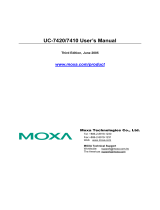 Moxa Technologies UC-7420/7410 User manual
Moxa Technologies UC-7420/7410 User manual
-
Lindy 70963 User manual
-
Novus 961+0519+000 Datasheet
-
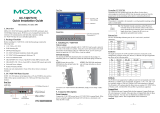 Moxa Technologies UC-7420/7410 Installation guide
Moxa Technologies UC-7420/7410 Installation guide
-
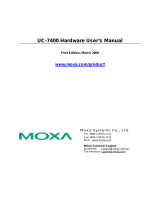 Moxa Technologies UC-7400 User manual
Moxa Technologies UC-7400 User manual
-
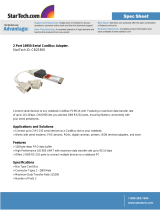 StarTech.com CB2S950 Datasheet
StarTech.com CB2S950 Datasheet
-
DT Research DT166LX Basic Operation Manual
-
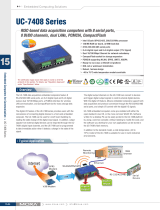 Moxa Technologies UC-7408 User manual
Moxa Technologies UC-7408 User manual
-
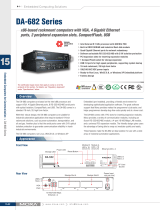 Moxa Technologies DA-682 User manual
Moxa Technologies DA-682 User manual
-
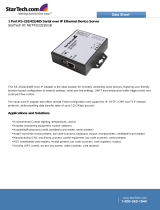 StarTech.com NETRS2321EGB Datasheet
StarTech.com NETRS2321EGB Datasheet









